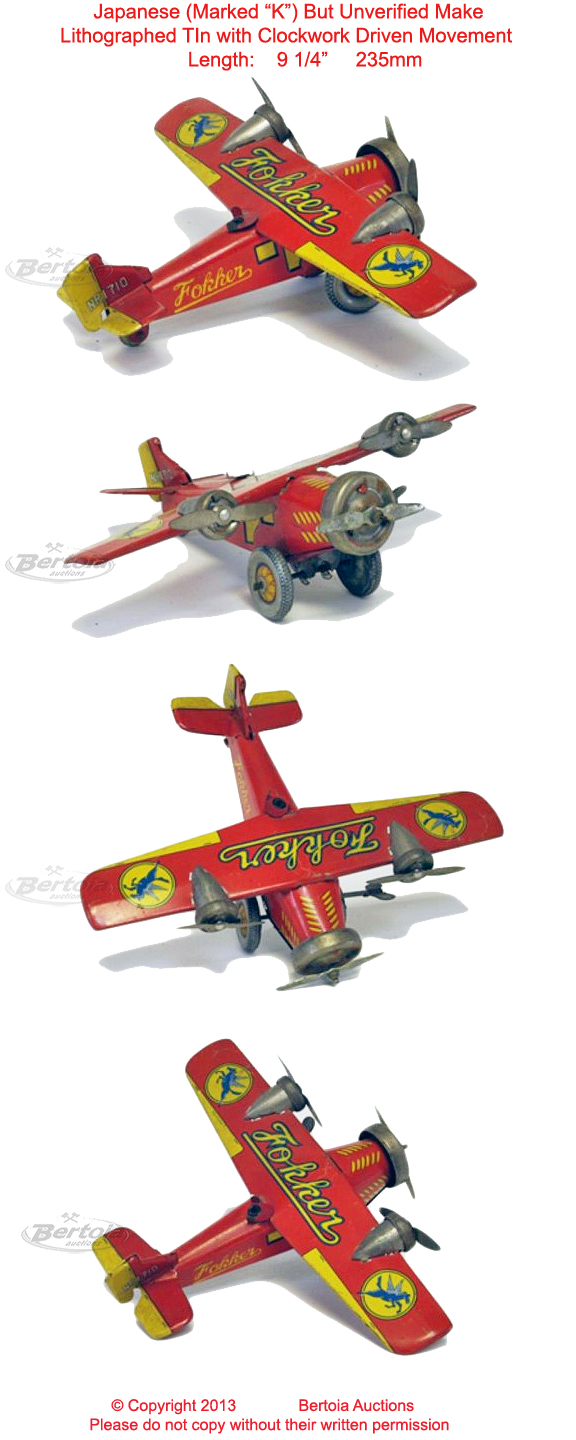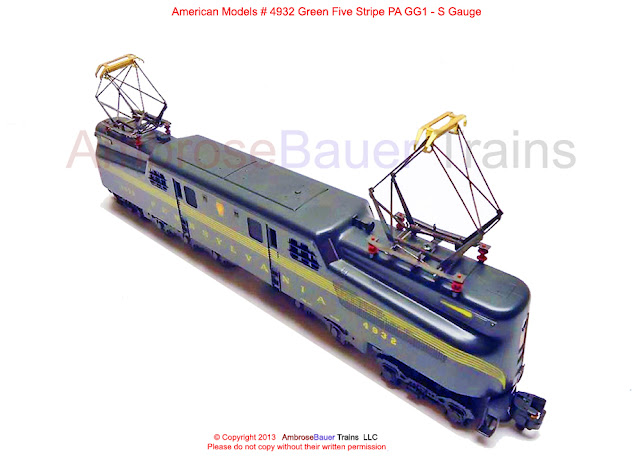Sunday, March 31, 2013
A Parade Toy and Some Others
I was checking out LiveAuctioneers when I came across an interesting large-sized toy from Louis Marx. The last time I had written about the Louis Marx toy company, I had found out that his company at one time (1950's) was manufacturing 1 in 4 toys sold in the USA. Mr. Marx even made the cover of Time Magazine! Anyway, I saw this very interesting toy, which was called "The Parade". SInce today is the Easter Parade in NYC (New York City), I thought the idea of finding the "Parade" toy and posting it today would work well.
The toy below is a "copy" of the Marx original! Nevertheless, it's also quite interesting.
It's too bad that the resolution of the original photos wasn't larger, as there is so much to see in these 3 items.
I happened to find "Main Street" on the same auction as "The Parade". Both of these fine toys were auctioned in September 2010 by Bertoia Auctions, and came from Mr. Donald Kaufman, a renowned American toy collector. His toy collection was so vast and extensive, that Bertoia Auctions auctioned off the extensive collection over a period of several days and weeks.
I hope that everone is having a fine Sunday today, whether or not you are celebrating Easter, Passover, some other holiday, or just relaxing.
Thanks for dropping by,
and have a pleasant part of the day,
wherever you may be.
Stacey























































